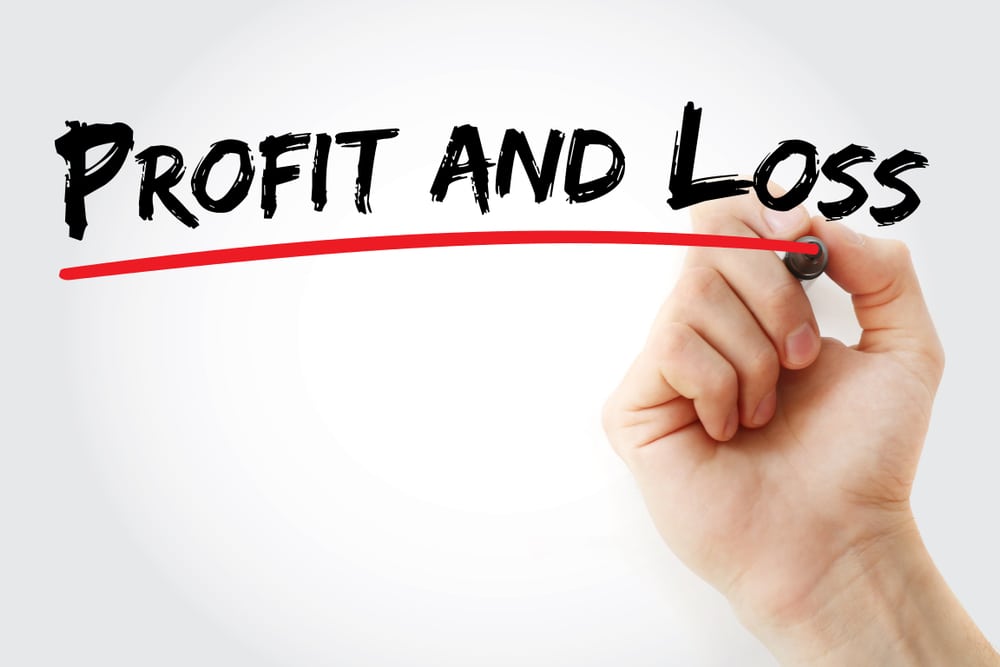This guide will explain all aspects of a profit and loss report, from revenue to net profit you need to know to run your UK business.
Overview of a Profit and Loss Statement
Profit and loss (P&L) is a financial statement that examines the gains and losses that a business has made over a quarter or an entire year. It is primarily used to put a company’s financial performance into context. Rather than only looking at gains, a profit and loss statement takes losses into account. This better conveys the financial health of the company.

Losses can be subtracted from gains, revealing how much profit a company has actually made. In other words, it reveals your net income for the year. It can also be useful in calculating income taxes.
A profit and loss statement can help investors and managers understand where their company is losing money. In doing so, they identify areas that need immediate improvement.
Normally, an accountant or financial analyst prepares the profit and loss statement. This is done alongside creating other key financial statements, such as the balance sheet and cash flow statement.
This financial statement may sometimes be referred to as an income statement.
Components of a P&L Statement
The basic formula for a P&L statement is: Net Profit = Revenue – Expenses
However, P&L statements are a lot more complicated on closer inspection. Here’s what you can find on these financial statements:
Revenue
This entry reflects the net sales you’ve made from goods sold or services provided. If you provide a range of goods and services, information may be segmented by product or service. Information regarding discounts and returns made during the sales process may be detailed as well. This entry will also contain non-operating revenue.
COGS (cost of goods sold)
COGS is the amount of money your business spent to produce the goods sold. This will include labour costs and materials used.
Gross profit
This figure shows you how much is left after you subtract COGS from revenue. Gross profit shows you how much profit your company makes from delivering its core services. It also reveals how well you can afford to cover the cost of goods sold in future. Without significant gross profit, you won’t be able to pay for labour or materials, for example.
Operating expenses
These expenses aren’t directly related to the product created (i.e., labour and materials), but are still necessary for the completion of the product. For example, rent, marketing, wages, and shipping are all included in this figure.
Operating income
This figure is calculated by subtracting operating expenses from your gross profit. It’s key to further analysing the profitability of a company before taxes are applied. Operating income is sometimes referred to as earnings before interest and taxes (EBIT).
Non-operating expenses
Any expenses outside standard operating expenses and COGS are considered non-operating expenses. This could include the sales of old assets that have depreciated in value. It could also include unusual levels of interest, lawsuit settlements, or anything else beyond normal company spending.
Net income
Once all other aspects of the profit and loss statement have been taken into account, the net income figure reveals how much the company have left after. To calculate this, all expenses are subtracted from the gross profit.
Profit and Loss Statement Methods
Cash method
Small private companies tend to use this method for their profit and loss statements as it’s easiest. With the cash method, companies record data only when the cash has been received.
So, when a bill has been given to a customer, the transaction is not recorded in a P&L or cash flow statement until the money has been received.
Accrual method
This method records all expenses as soon as the customer has been billed. So, even if the customer doesn’t pay right away, this “revenue recognition” method still records it.
Final Thoughts
Besides your balance sheet and cash flow statement, the P&L can be the most revealing in terms of your company’s financial health. It goes into detail about your spending minus your gain and determines your company’s ability to pay for future expenses.
You should hire a professional accountant to complete your P&L statement correctly.
Sources:
https://www.freshbooks.com/hub/reports/profit-and-loss-report
https://www.netsuite.com/portal/resource/articles/accounting/profit-and-loss-statement.shtml